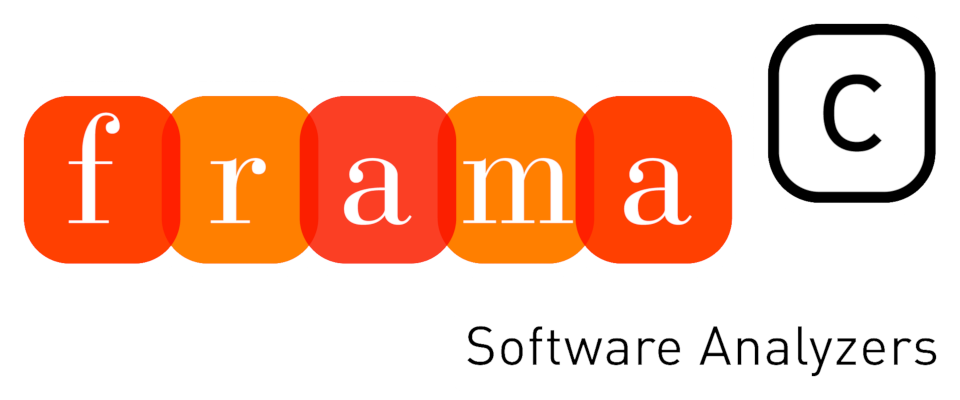Big round numbers, and a book review Pascal Cuoq on 11 May 2013
Nearly 15 months ago, according to a past article, this blog celebrated its 15-month anniversary, and celebrated with the announcement of minor milestones having been reached: 100 articles and 50 comments. Fifteen months after that, the current count is nearly 200 articles and 200 comments. Also, the blog managed to...
Read More